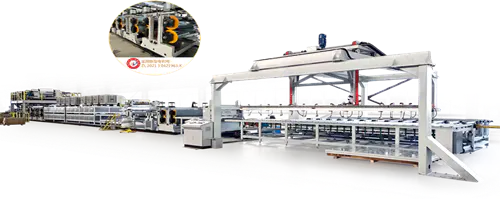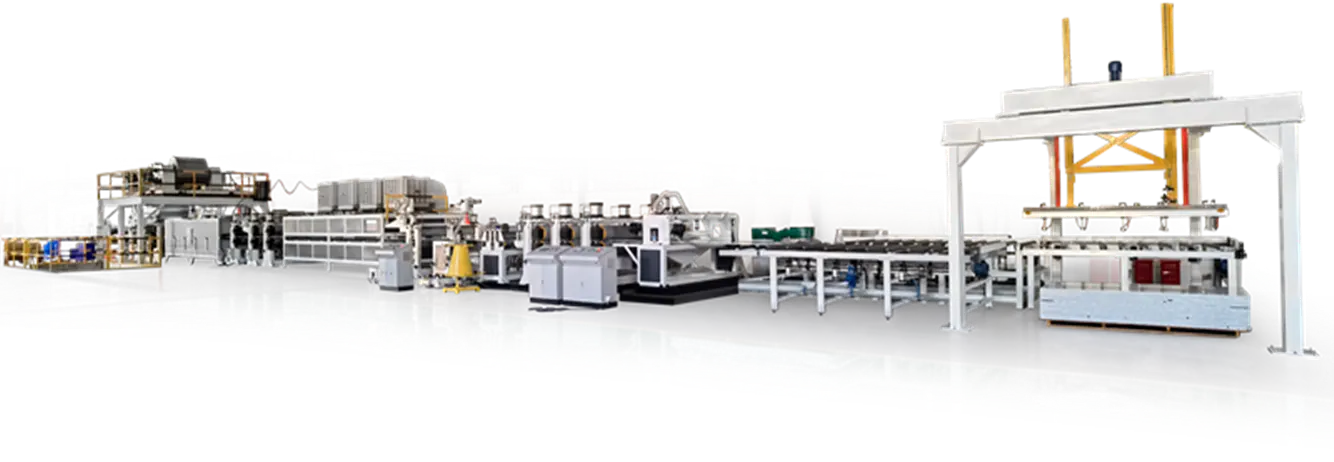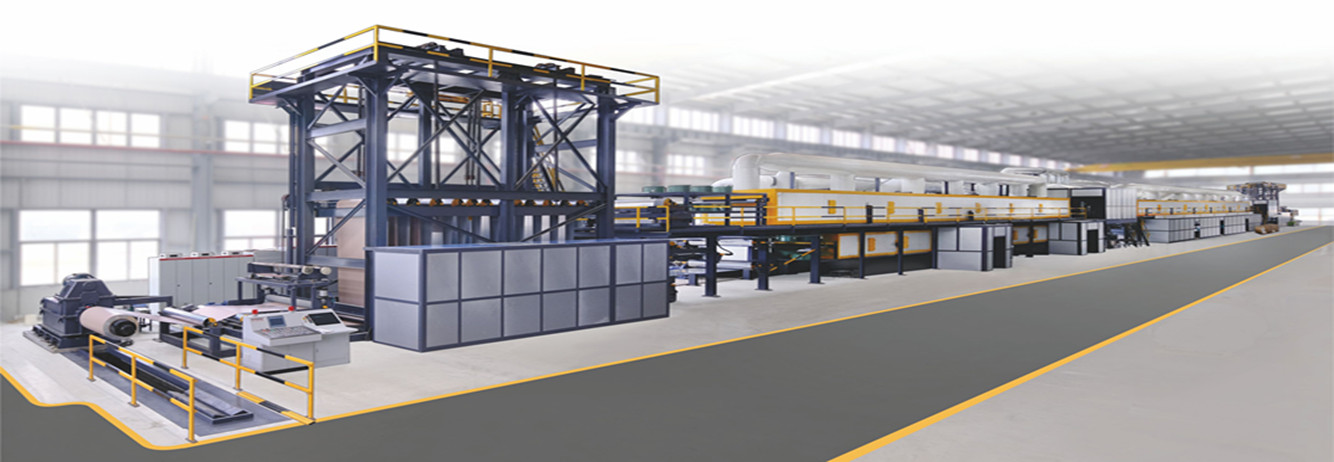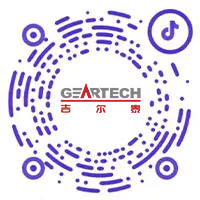In recent years, growing attention to energy efficiency has pushed industries to rethink how materials are processed and used. Among these shifts, coil coating technologies—especially those used in Color Coated Aluminum Coil and steel coil coating—have seen notable updates. These changes aren't just about aesthetics or durability anymore. They're increasingly tied to how well materials can help meet energy-saving targets across sectors like construction, appliances, and transportation.
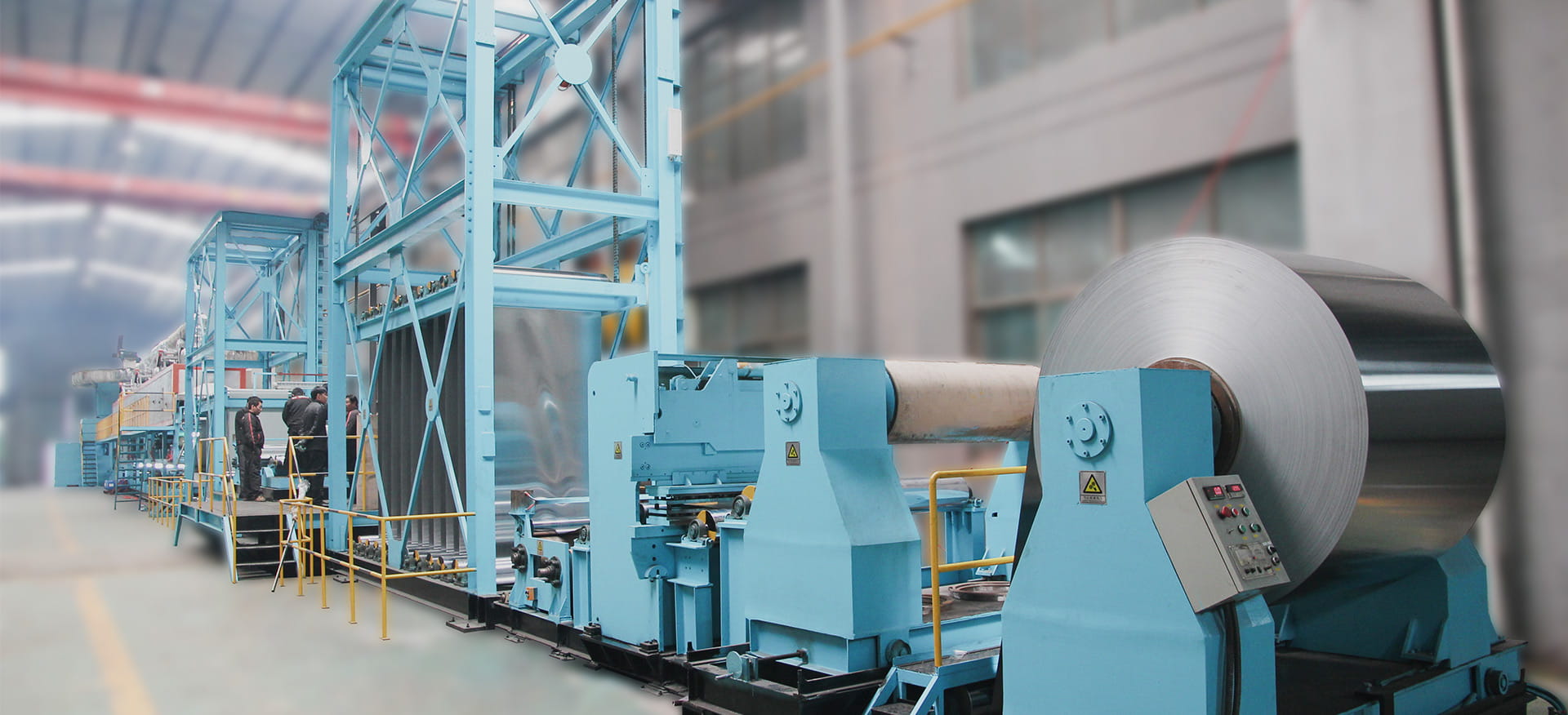
One of the more significant developments in coil coating is the integration of low-temperature curing processes. Traditionally, curing coatings on metal coils required high levels of energy. Now, with improved formulations and adjusted process lines, steel coil coating systems are starting to reduce the heat needed to complete these steps. That means less energy consumption without compromising on the quality of the coating itself. It also contributes directly to lower emissions during manufacturing.
For Color Coated Aluminum Coil, innovation has also focused on reflective coatings. These coils can now be treated with pigments and surface finishes that reflect more solar radiation. When applied to building exteriors or roofing systems, they help maintain lower internal temperatures. The result? Reduced demand for air conditioning and, in turn, less strain on power grids. It’s a simple change at the material level that can deliver a practical energy-saving effect over the long term.
At the same time, manufacturers are paying closer attention to coating thickness and uniformity. Advances in application technology ensure that both Color Coated Aluminum Coil and steel coil coating products maintain consistent coverage, even at thinner layers. This has two benefits: less coating material is required, and the drying or curing process is more efficient. Less waste, shorter production cycles, and less energy—these improvements add up.
Another area where progress is being made is in solvent usage. Conventional coatings often rely on solvent-based formulas, which release volatile organic compounds (VOCs). Newer formulations, especially in steel coil coating, are shifting toward water-based or low-VOC options. These alternatives require less energy to dry and are generally safer for workers and the environment. In parallel, Color Coated Aluminum Coil applications are also moving in the same direction, with several production lines upgrading their systems to support more environmentally conscious inputs.
What’s interesting is how these innovations connect the dots between material science and long-term energy goals. By redesigning the way coils are coated—whether it’s with thinner layers, smarter pigments, or cleaner curing methods—producers are making it easier for end-users to build or manufacture with sustainability in mind. Color Coated Aluminum Coil, for example, is now commonly used in architectural systems where energy efficiency is a major concern. The materials offer flexibility in design while also contributing to better building performance.
Similarly, steel coil coating plays a vital role in household appliances and transportation parts, where weight, heat resistance, and energy use are all under scrutiny. Coatings that can stand up to thermal stress while being produced with lower energy input support broader carbon reduction goals across the supply chain.
As the demand for responsible manufacturing continues to grow, coil coating will remain an essential area of focus. The industry’s shift toward efficiency isn’t only about meeting regulations—it’s about delivering value in new ways. Whether through smarter formulations or cleaner processing, updates in Color Coated Aluminum Coil and steel coil coating processes are helping industries align with both current expectations and future needs.

 中文简体
中文简体 English
English Português
Português русский
русский Español
Español عربى
عربى




